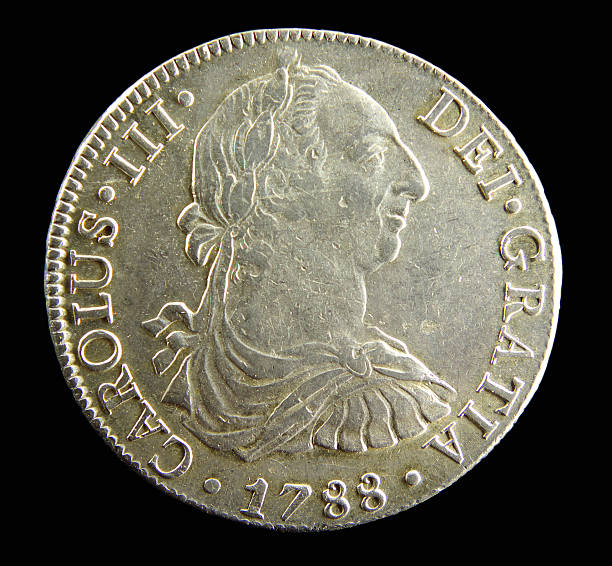How silver shaped the trajectory of global economies and societies over 500 years is a story of transformation, innovation, and interconnectedness. From fueling the ambitions of empires to becoming the backbone of global trade networks, silver has been far more than just a shiny metal—it was a cornerstone of commerce, a tool of diplomacy, and a driver of economic change. This post takes a timeline-focused approach to explore silver’s enduring impact, tracing its journey from ancient currency to its pivotal role in global trade and its eventual decline as a monetary standard. Through this lens, we uncover how silver’s legacy continues to influence the modern world.

The Early Roots: Silver as Currency in Antiquity
- Before 1500 CE: Silver was already prized in ancient civilizations. The Greeks, Romans, and Chinese minted silver coins, recognizing its durability, divisibility, and value. Its early use laid the foundation for its later prominence as a global standard.
The Silver Boom of the 16th and 17th Centuries
- 1492–1600: The Spanish conquest of the Americas unleashed an unprecedented flow of silver into the global economy. Mines like Potosí in Bolivia and Zacatecas in Mexico became legendary for their output, turning Spain into a global powerhouse.
- 1600–1700: Silver fueled the first true global trade system. Spanish galleons carried the metal across the Atlantic and Pacific Oceans, linking Europe, the Americas, Africa, and Asia. China’s demand for silver as currency became the driving force behind this interconnected trade network.
The Bimetallic Era: Silver’s Partnership with Gold
- 1700–1800: Many nations adopted bimetallic monetary systems, using fixed exchange rates between silver and gold. The U.S. Coinage Act of 1792 and France’s 1803 system institutionalized silver as a key monetary standard.
- Challenges of Arbitrage: Maintaining a balance between silver and gold proved difficult. Fluctuations in the silver-to-gold ratio destabilized economies and created opportunities for arbitrage.
The Decline of the Silver Standard: 19th Century
- 1800–1873: Large silver discoveries, such as the Comstock Lode in Nevada, increased supply and reduced its value. Meanwhile, the discovery of gold in California and Australia shifted the global preference toward gold.
- 1873: The U.S. Coinage Act of 1873, often referred to as the “Crime of 1873,” demonetized silver, marking a turning point in its monetary role. Other nations, including Germany, soon abandoned silver in favor of gold.
The Last Bastions of Silver: Early 20th Century
- 1900–1935: While most Western nations moved to the gold standard, silver remained central in economies like China, Mexico, and India. The collapse of global silver prices in the 1930s forced even these nations to shift away from the silver standard.
- Post-World War II: The Bretton Woods Agreement in 1944 solidified gold as the global monetary base, relegating silver to industrial and investment uses.
Silver’s Modern Role: From Money to Commodity
- 1960s–Today: The removal of silver from coins in countries like the U.S. and the rise of fiat currencies ended its role as money. However, silver’s importance persisted in industries such as electronics, medicine, and renewable energy. Its status as a safe-haven investment also ensures its continued relevance in financial markets.
Conclusion: A Metal that Shaped History
This timeline reveals the profound influence of silver on global economies and societies. From its emergence as currency in ancient times to its industrial applications in the modern era, silver has been a driving force behind wealth creation, technological progress, and global connectivity. By examining its journey through the centuries, we gain insight into not just the history of silver, but the evolution of economic systems and the rise of global trade.
